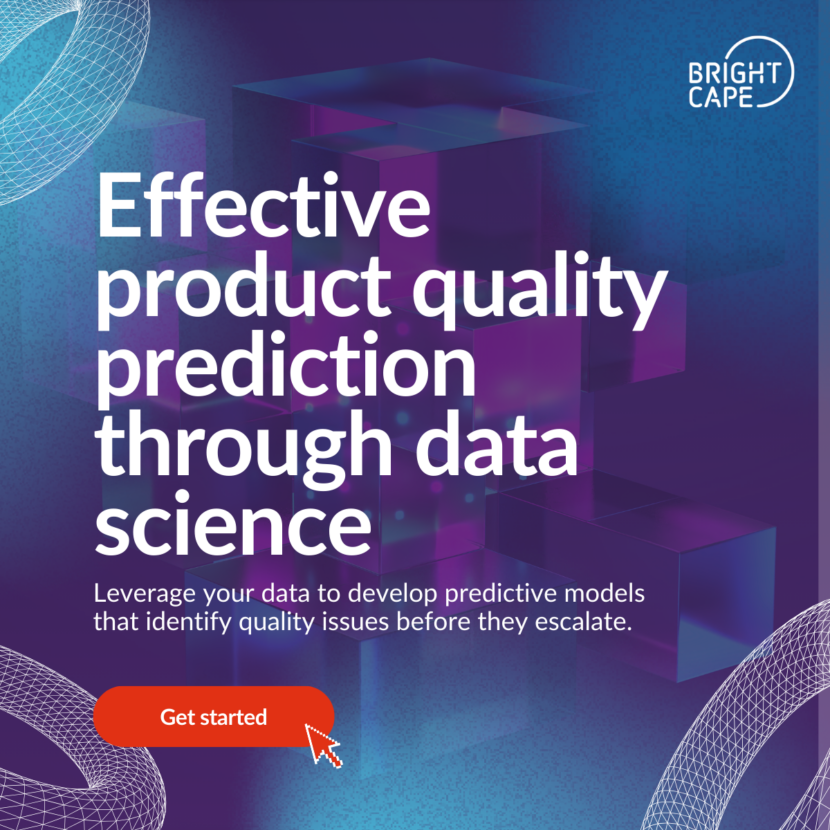Data science is a valuable method for solving real company problems using data. It provides companies with the ability to process and interpret data and it supports companies in the process of making informed, fact-based decisions. Say goodbye to basing business strategy just on a gut feeling and make it complementary to data analytics to uncover and improve business inefficiencies.
Data science has a multitude of application areas by which it can provide value to every company out there.
Today, more and more organizations continuously gather an increasing amount of data. This data can bring transformative benefits to organizations, but only if we can interpret it. Unfortunately, this data often just sits in databases and data lakes, mostly untouched. Data science provides the possibility to reveal the hidden information in gathered data.
The power of data science
The power of data science lies in the ability to discover unknown patterns and produce insights into data that cannot be observed in other ways. Collected data helps companies make better decisions, automate processes and provide innovative services.


